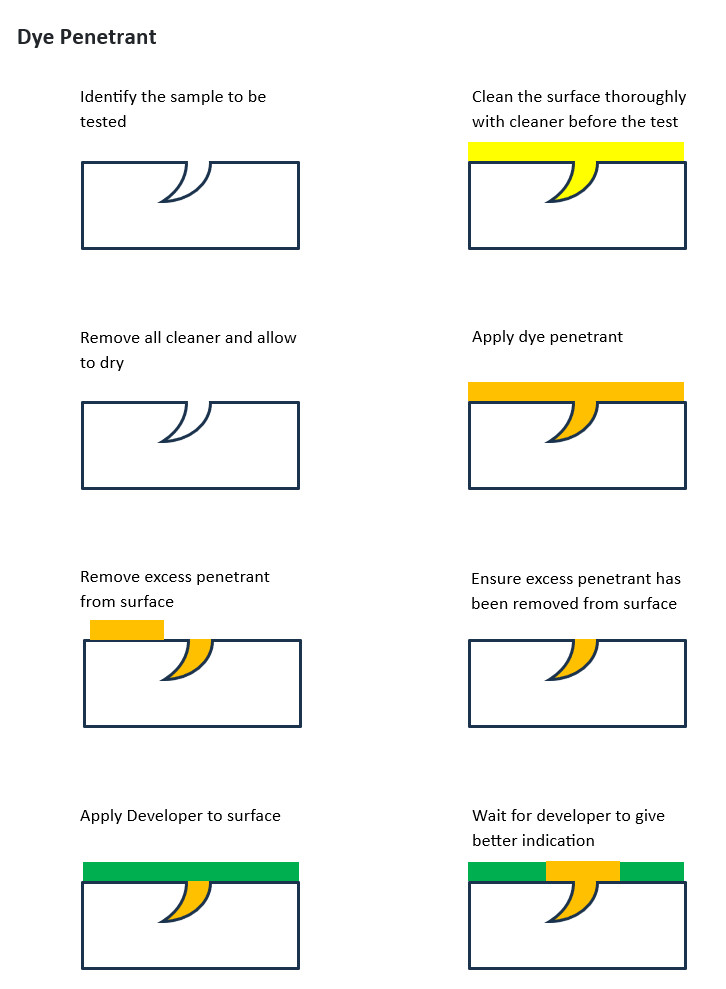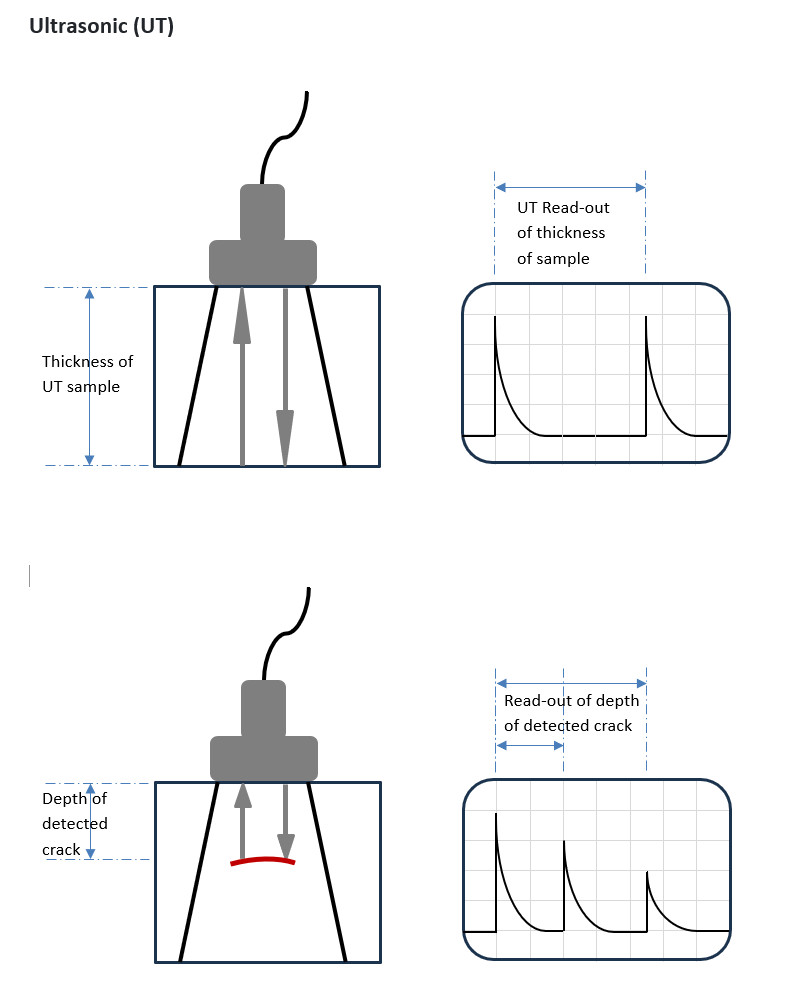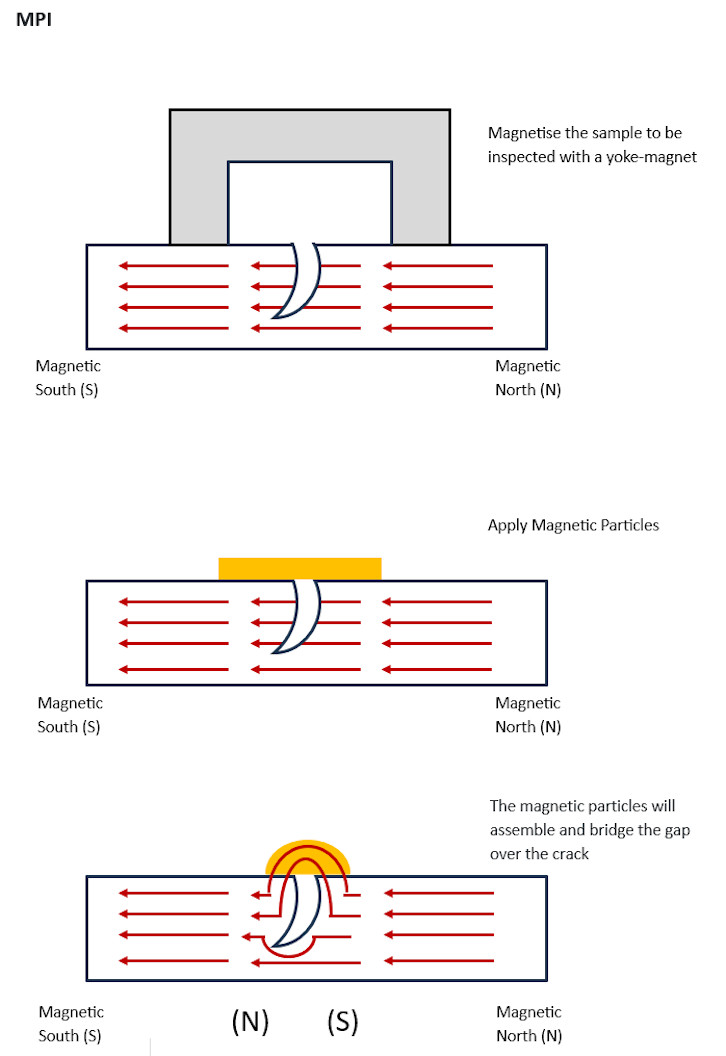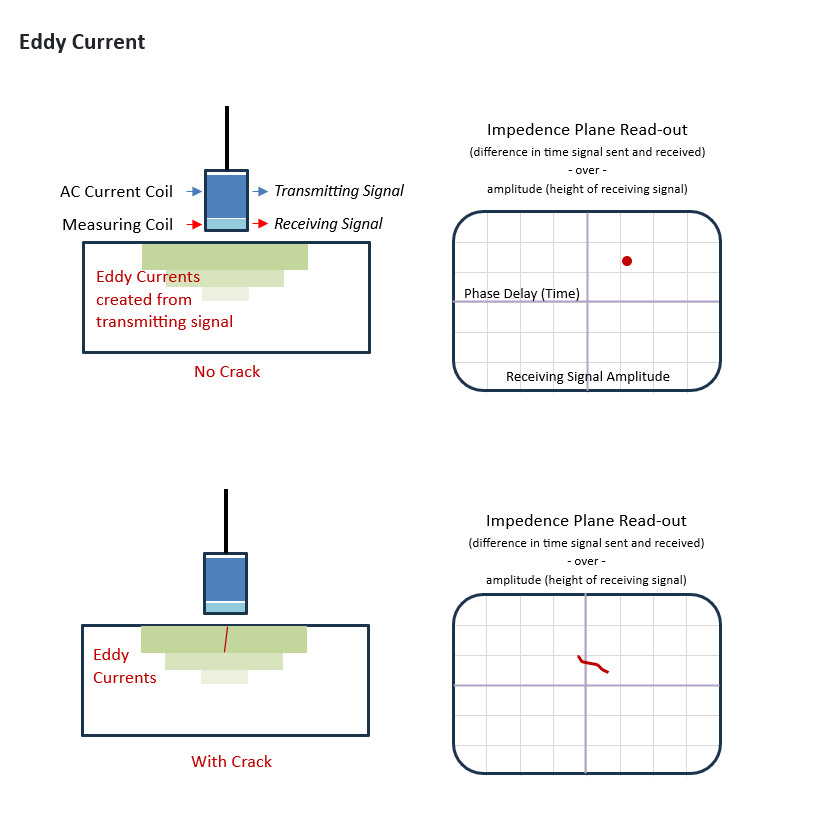Importance of NDT
The importance of NDT for those who operate in manufacturing or provide services that include equipment made of metal is because, without NDT, you can never be sure your materials, products, and equipment will meet their design requirements or expected life.
Undetected defects and flaws usually result in expensive repairs or replacements and can place your employees and customers in unsafe conditions. Consider the loss of revenue due to an unplanned event shutdown when equipment fails. Even more critical, a catastrophic failure can have a devastating impact from which some companies never recover.
NDT is important as NDT primarily covers the following:
- Prevent accidents and reduce costs
- Improve product reliability
- Meet regulations and requirements
- Manage assets and resources
Primary Importance of NDT
When applied in a manufacturing environment, Kraken-NDT provides confidence that the manufacturing process may have introduced no defects of concern over a specific size. In this case, NDT is just one of several quality control activities aimed at producing a component or piece of plant to a particular specification.
Kraken-NDT provides confidence to those who provide a service that the equipment's operation is not deteriorating its integrity beyond its design parameters.
If such deterioration is detected, Kraken-NDT can quantify the damage and provide input to justify maintenance or monitoring actions.
What you should know about NDT Techniques
- Planar defects - these include flaws such as fatigue cracks, lack of side-wall fusion in welds, environmentally assisted cracking such as hydrogen cracking and stress corrosion cracks, cold shuts in castings, etc.;
- Laminations - these include flaws such as rolling and forging laminations, laminar inclusions and de-laminations in composites;
- Voids and inclusions - these include flaws such as voids, slag and porosity in welds and voids in castings and forgings;
- Wall thinning - through life wall loss due to corrosion and erosion;
- Corrosion pits - these are localised and deep areas of corrosion;
- Structural deformities such as dents, bulges and ovality.






